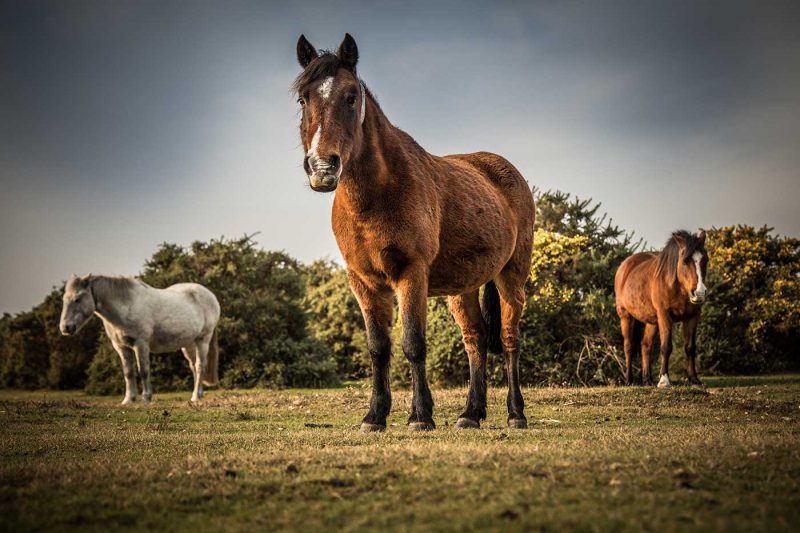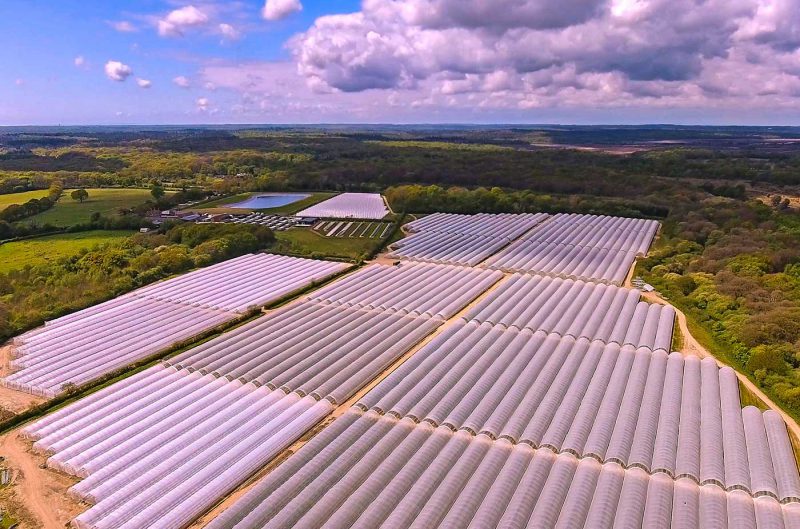We are understandably proud of our place within the New Forest National Park and do our best to complement the diverse range of flora and fauna around us. Around the sites we have installed bee hotels, bat boxes and bird boxes, as well as creating wildlife corridors and beetle banks and undertaking an annual baseline biodiversity study to ensure the trend for wildlife flourishing continues.

The famous New Forest ponies
Within our production areas, we minimise the use of synthetic plant protection products, in favour of natural alternatives; including biological control (releasing beneficial insects to predate pests which are harmful to our crops) and good husbandry as part of an integrated approach. We are particularly pleased with the results of growing garlic within our cropping structures as a deterrent for pests.

In addition to our recycling efforts, consideration for the environment and moves to minimise our carbon footprint, we see empowerment of staff (and promoting from within, where appropriate) as another of our strengths.
We are very proud to have put rainwater harvesting at the heart of the design of our most recently completed production facility which, in conjunction with 2 new reservoirs, means we will be able to rely less on abstraction during drier months of the year as we will have already captured and stored more of the irrigation water during times of abundance. During this process, we have identified opportunities to improve water quality, too, with simple but effective physical filtration. A large proportion of our pumping equipment now has variable speed drive technology to improve efficiency, and our solar panels installed in 2013 annually provide an average 350,000kWh of electricity.
Our first electric vehicles joined the company vehicle fleet early in 2022.

The New Forest Fruit Company from the air.